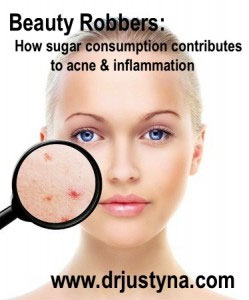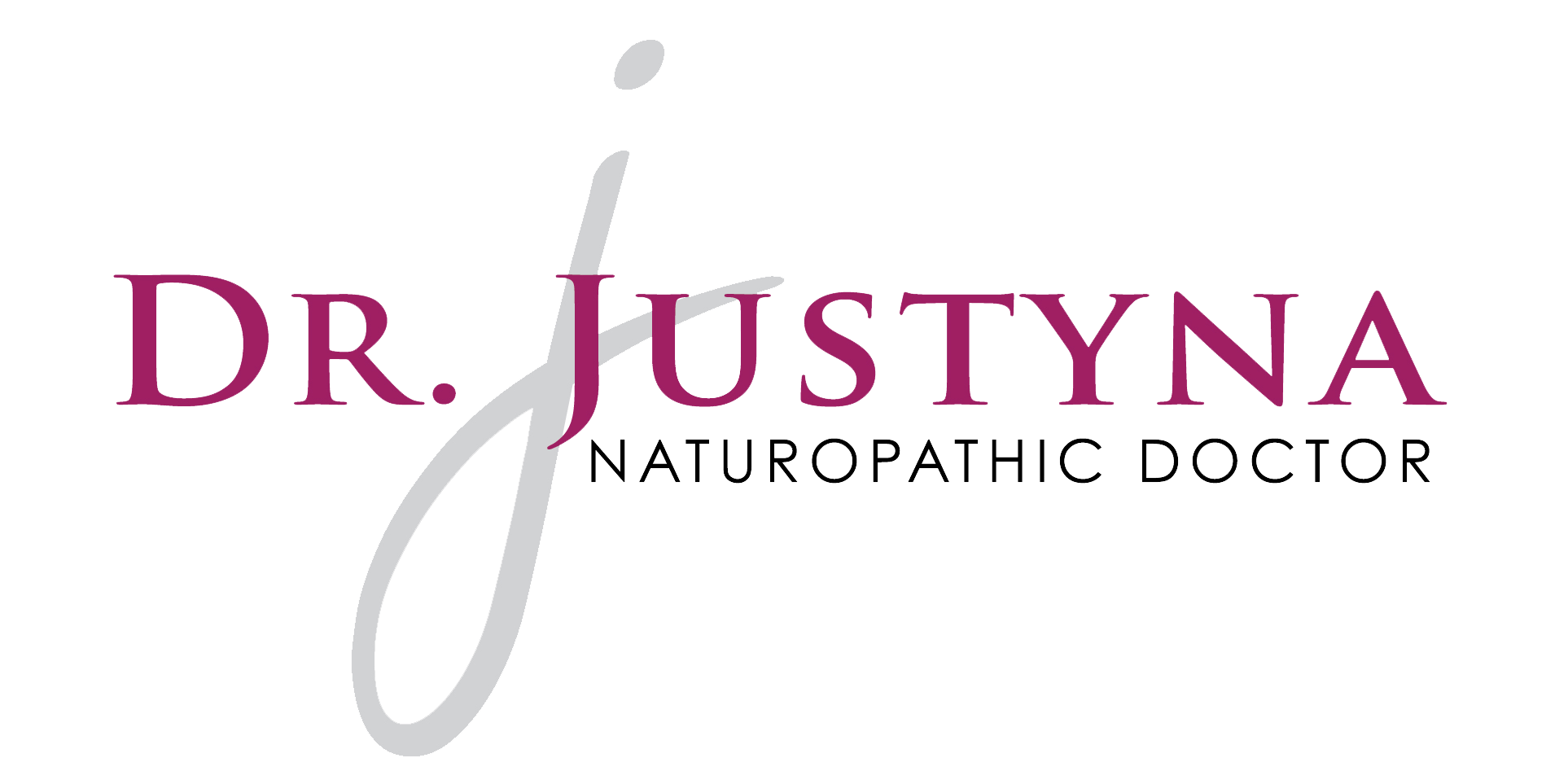 An increasing number of teenagers and adults suffer from acne. While there is no danger from the pimples themselves, severe acne can leave permanent scars and in many people (even if it is not severe) can lead to anxiety, low self-esteem, withdrawal from social situations and, even, depression.
An increasing number of teenagers and adults suffer from acne. While there is no danger from the pimples themselves, severe acne can leave permanent scars and in many people (even if it is not severe) can lead to anxiety, low self-esteem, withdrawal from social situations and, even, depression.
.
Acne is the results of four major components: excess production of sebum (oil) by the skin, hyperproliferation (excess production) of skin cells, bacteria and inflammation. A pimple forms when a pore in the skin gets clogged with dead skin cells. Typically, these skin cells shed from the surface, however, when there is excess sebum production, the dead cells can stick together and become trapped inside the pores. Bacteria can also play a role as they grow and multiply inside the pore and lead to an inflammatory response that gives the pimple its red inflamed appearance.
.
Certain hormones have been shown to affect the rate of sebum and skin cell production and, as such, can increase the severity of ones acne. Two of these hormones are insulin and IGF-1 both of which increase in response to the intake of sugar and other high glycemic foods (foods that are absorbed into the blood stream quickly).
.
Insulin is known as the ‘storage’ hormone. Part of its job is to take sugar from the bloodstream and store it inside cells. Thus, eating sugar and carbohydrates will cause insulin levels to spike. Not only does hyperinsulinemia (high blood insulin) promote inflammation but, it increases the production of IGF-1 (insulin like growth factor 1). So, anytime your insulin levels spike so does your IGF-1.
.
But how do these two hormones affect the skin? IGF-1 stimulates the growth of sebocytes and thus, sebum (oil) production. It also acts to increase the proliferation (production) of skin cells and thus, leads to more dead skin cells that clog those pores. Furthermore, not only do insulin and IGF-1 act directly on the skin itself, they also affect the severity of acne by increasing the production and multiplying the effects of androgens (male sex hormones such as testosterone, DHT and DHEA).
.
Androgens directly affect acne by increasing sebum production, stimulating hyperproliferation of skin cells, hindering the separation of dead skin cells and up-regulating the inflammatory response and, thus, making the pimple not only bigger and more painful but also slow down the healing of the wound/pimple itself. Of course, there are many more ways in which androgens affect the skin but, we won’t go into these today.
.
So, let us get back to sugar and it’s effect on our skin. Eating sugar and high glycemic foods (such as refined carbohydrates) can produce a dangerous spike in blood glucose (sugar) levels. This, in turn, results in excessive insulin production (hyperinsulinemia) which promotes inflammation and IGF-1 production which further contributes to acne, not to mention, diabetes, heart disease and several cancers. On the other hand, a low glycemic diet has been shown to improve acne symptoms and decrease IGF-1 and sebum production.
.
By now you may be asking, “What are some examples of low glycemic foods?”. Here are a few:
.
Most veggies have a low glycemic index (GI) except, beets, corn, leeks and sweet potatoes who have a medium glycemic index and potatoes which have a high glycemic index. Nuts, seeds, beans and legumes, seafood and meats are considered low GI foods. Grains such as brown rice, quinoa and buckwheat are found lower on the GI list as compared to white rice, refined wheat, and white breads. Pure sugar, high fructose corn syrup, etc are, of course, at the top of the high GI list and should be avoided (for this and many other reasons).
.
Here’s to healthy eating and happy (acne free) skin!
.
.
.
.
References:
- American Academy of Dermatology: Acne. http://www.aad.org/skin-conditions/dermatology-a-to-z/acne. Accessed June 29, 2011.
- Costa A, Lage D, Moises TA: Acne and diet: truth or myth? An Bras Dermatol 2010;85:346-353.
- Smith R, Mann N, Makelainen H, et al: A pilot study to determine the short-term effects of a low glycemic load diet on hormonal markers of acne: a nonrandomized, parallel, controlled feeding trial. Mol Nutr Food Res 2008;52:718-726.
- Smith RN, Braue A, Varigos GA, et al: The effect of a low glycemic load diet on acne vulgaris and the fatty acid composition of skin surface triglycerides. J Dermatol Sci 2008;50:41-52.
- Smith RN, Mann NJ, Braue A, et al: A low-glycemic-load diet improves symptoms in acne vulgaris patients: a randomized controlled trial. Am J Clin Nutr 2007;86:107-115.
- Danby FW: Diet and acne. Clin Dermatol 2008;26:93-96.
- Barclay AW, Petocz P, McMillan-Price J, et al: Glycemic index, glycemic load, and chronic disease risk–a meta-analysis of observational studies. Am J Clin Nutr 2008;87:627-637.
- Gnagnarella P, Gandini S, La Vecchia C, et al: Glycemic index, glycemic load, and cancer risk: a meta-analysis. Am J Clin Nutr 2008;87:1793-1801.
- ‘The Worlds Healthiest Foods’ by George Mateljan
